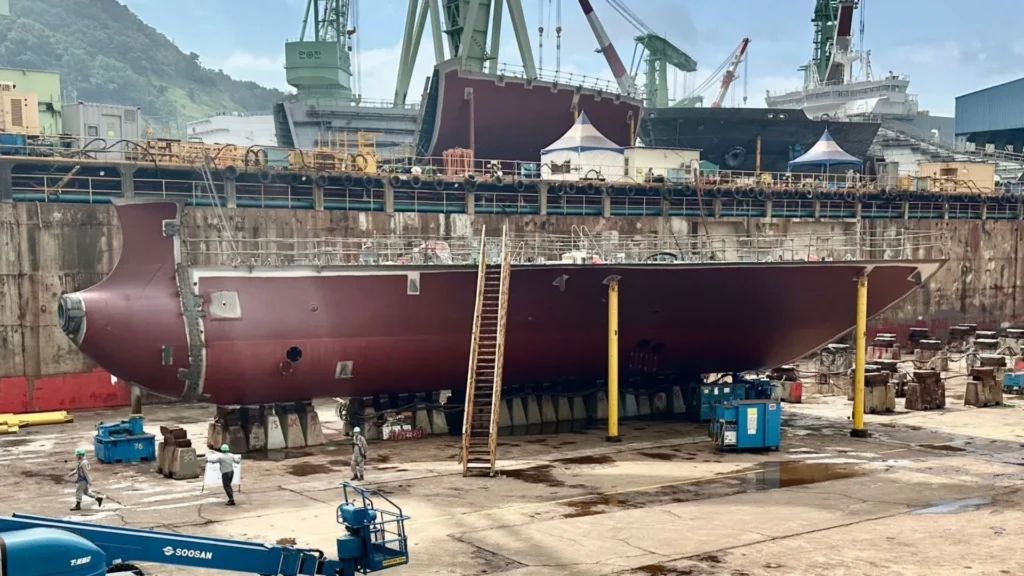
EXMAR celebrates completion of its first LPG and ammonia powered transport vessel
This initiative positions EXMAR and HD Hyundai Mipo in the quest to reduce greenhouse gas emissions by 2030.

This initiative positions EXMAR and HD Hyundai Mipo in the quest to reduce greenhouse gas emissions by 2030.
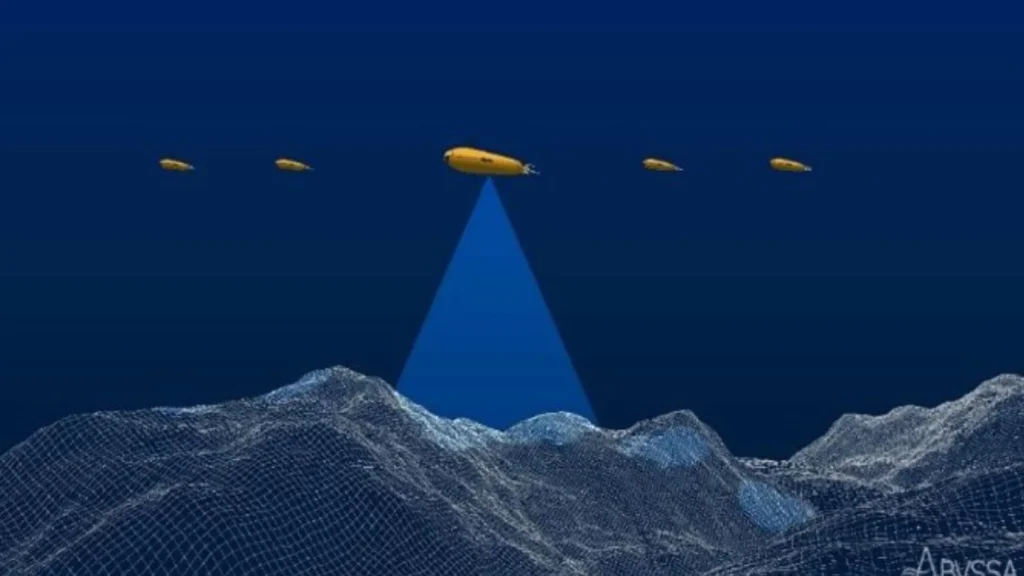
The CARMA project will enable precise navigation and exploration of the seabed at depths of up to 3,000 meters.
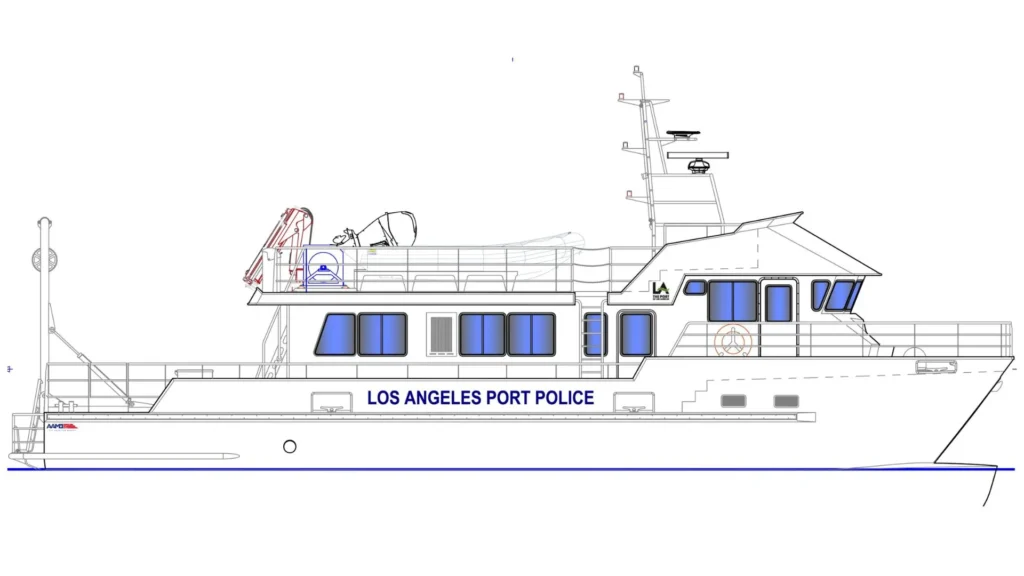
The new catamaran incorporates a "green bow" design that improves stability and fuel efficiency, a first for the Los Angeles Harbor Police fleet.

CCRV will use hydrogen fuel cells for 75% of its missions, setting a new standard in sustainable oceanographic research.
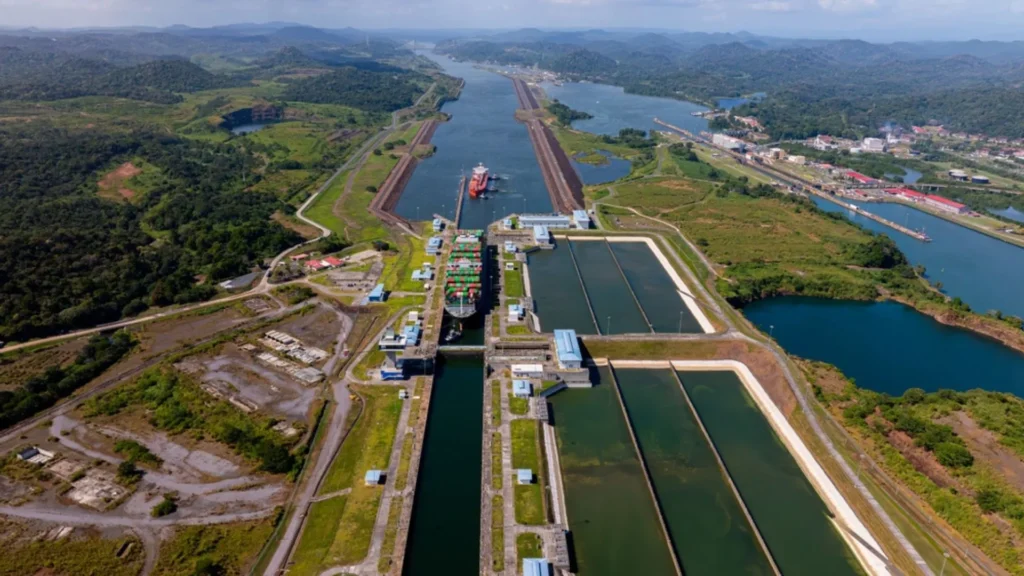
The increase in depth of the Panama Canal to 48 feet will facilitate the passage of larger, more heavily laden vessels.
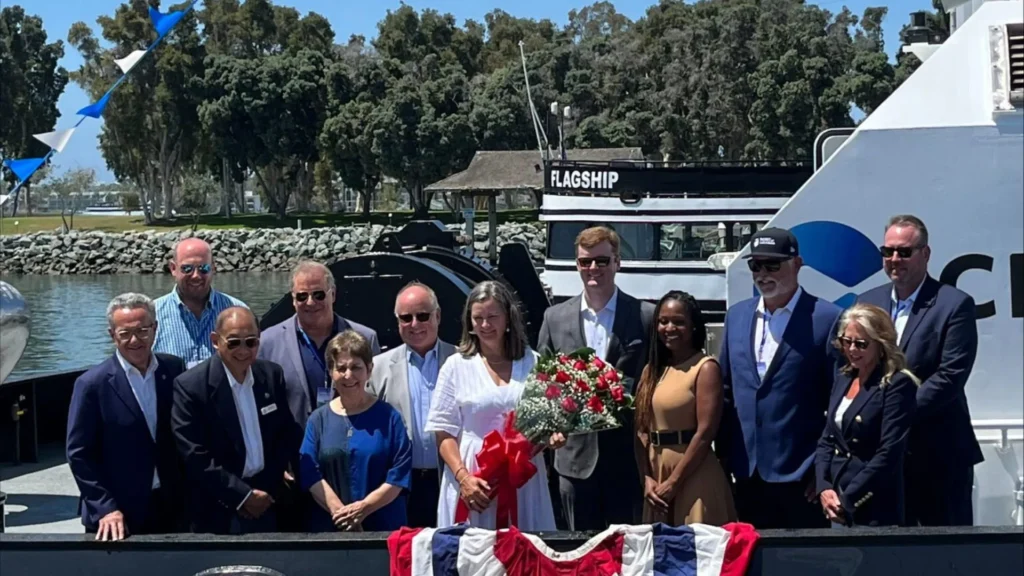
The eWolf can operate a full day on a single charge, eliminating the need for more than 30,000 gallons of diesel annually and significantly reducing emissions.
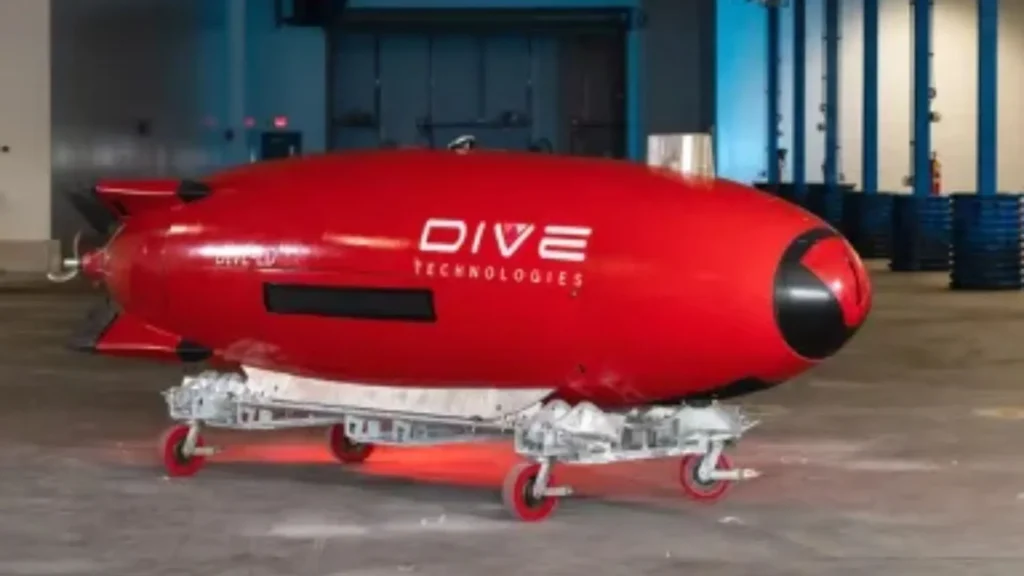
The new plant will enable the production of more than 200 underwater drones per year.
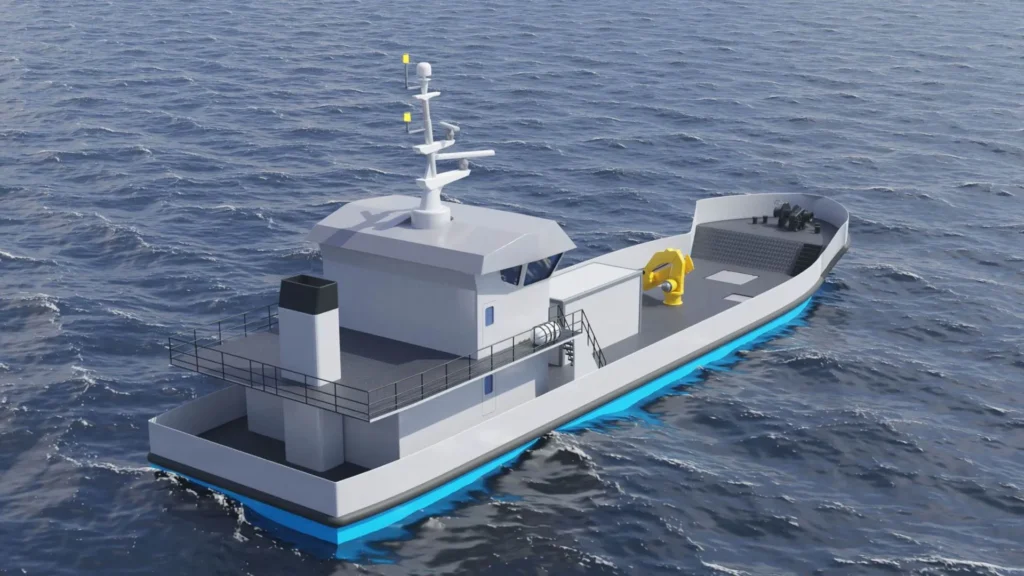
This will be the first ship in Lithuania not only to use green hydrogen, but also to clean other ships without leaving an environmental footprint.
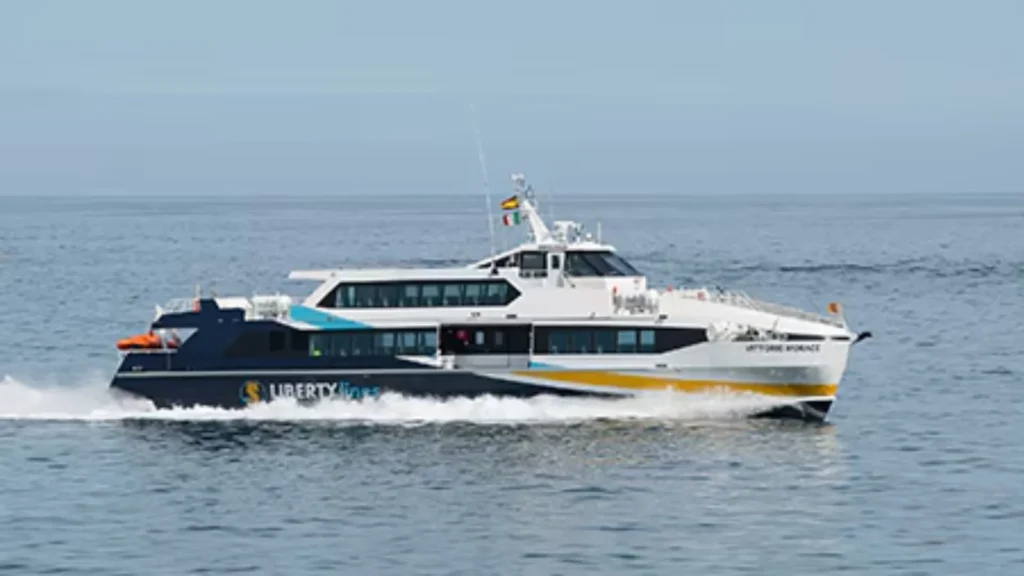
This ferry has a length of 39.5 meters, and has the capacity to carry 251 passengers, reaching speeds in excess of 30 knots.
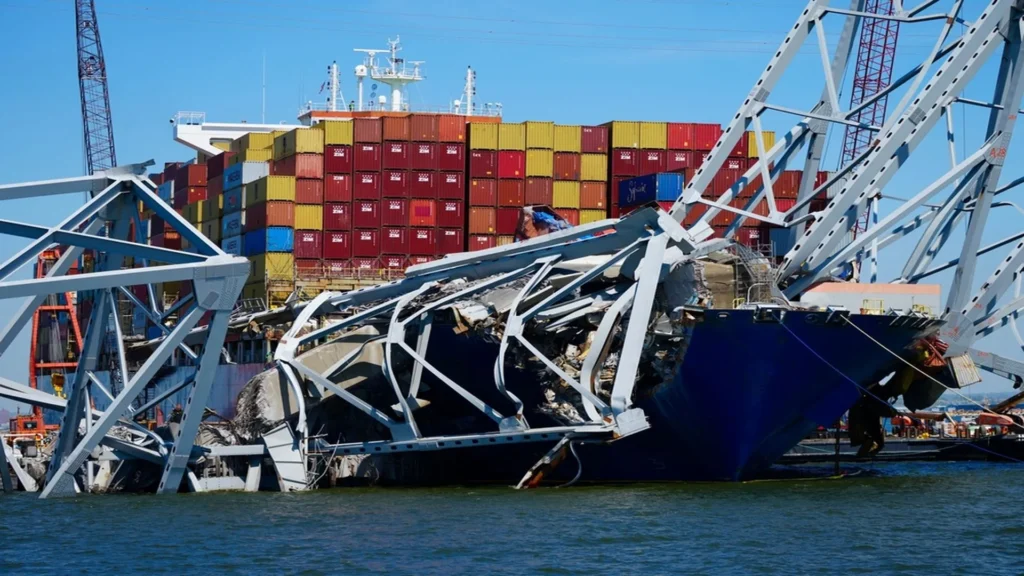
The freighter Dali was trapped in the rubble of the collapsed bridge for nearly two months, with a steel structure covering its bow.
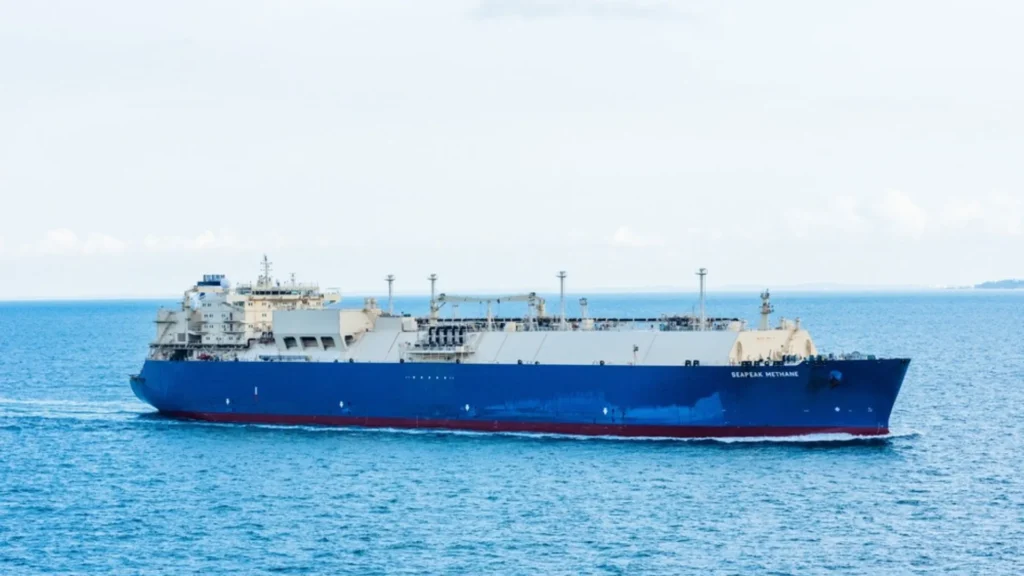
The vessel has impressive dimensions: 148 meters in length, 27.2 meters in width and 14.3 meters in draft.
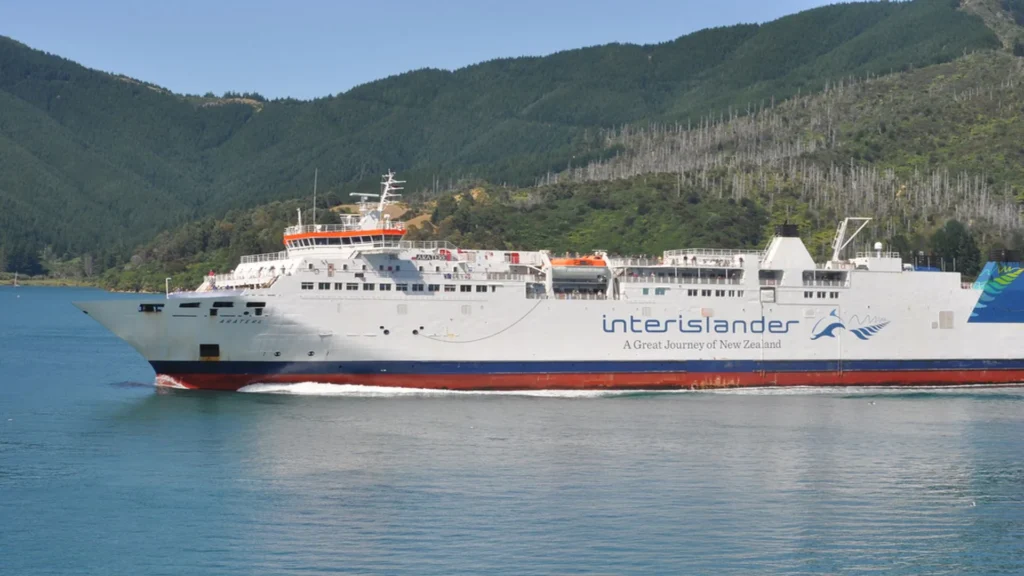
The ferry was carrying 47 people who were unharmed, while images on social media showed passengers wearing life jackets in Pine Bay.